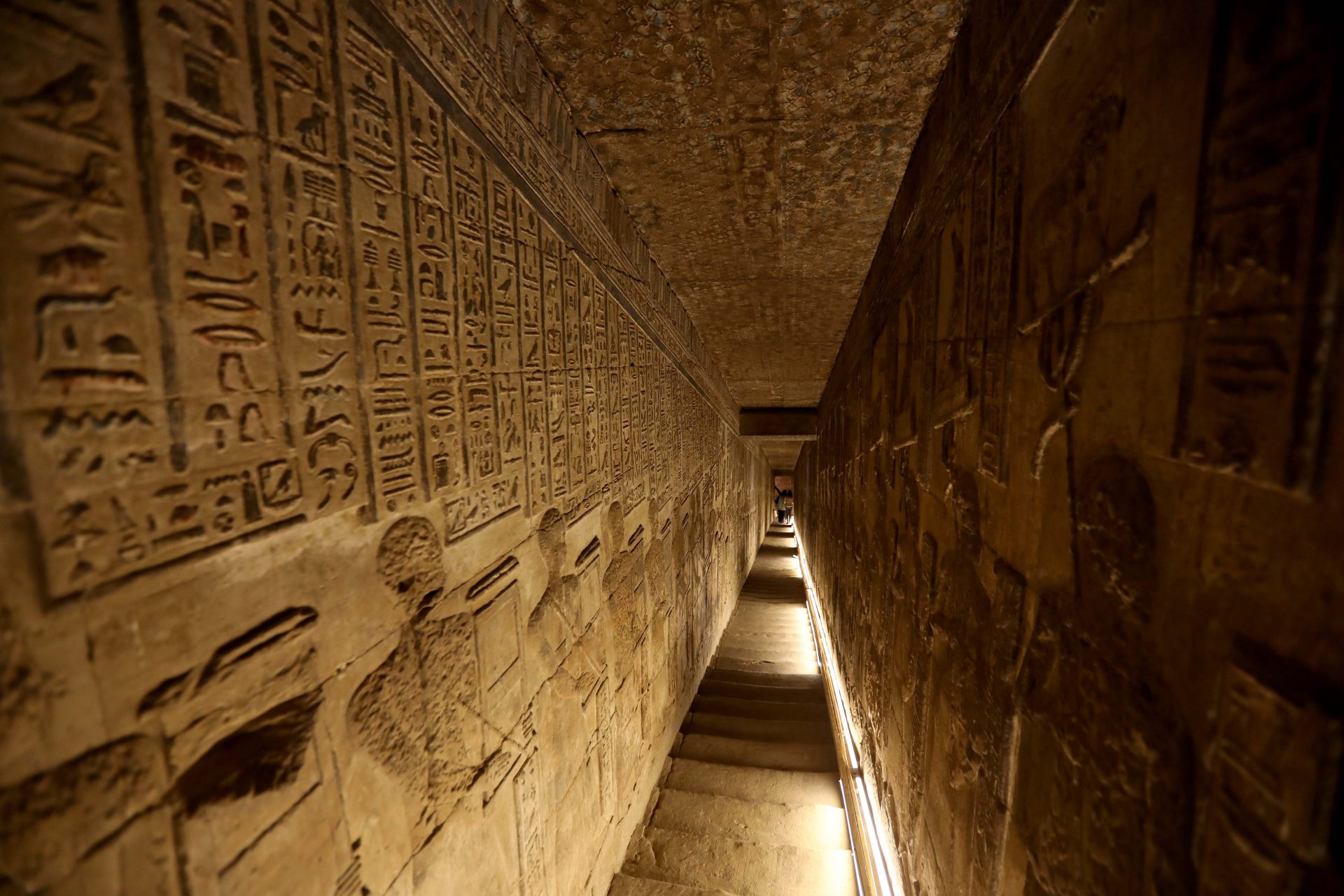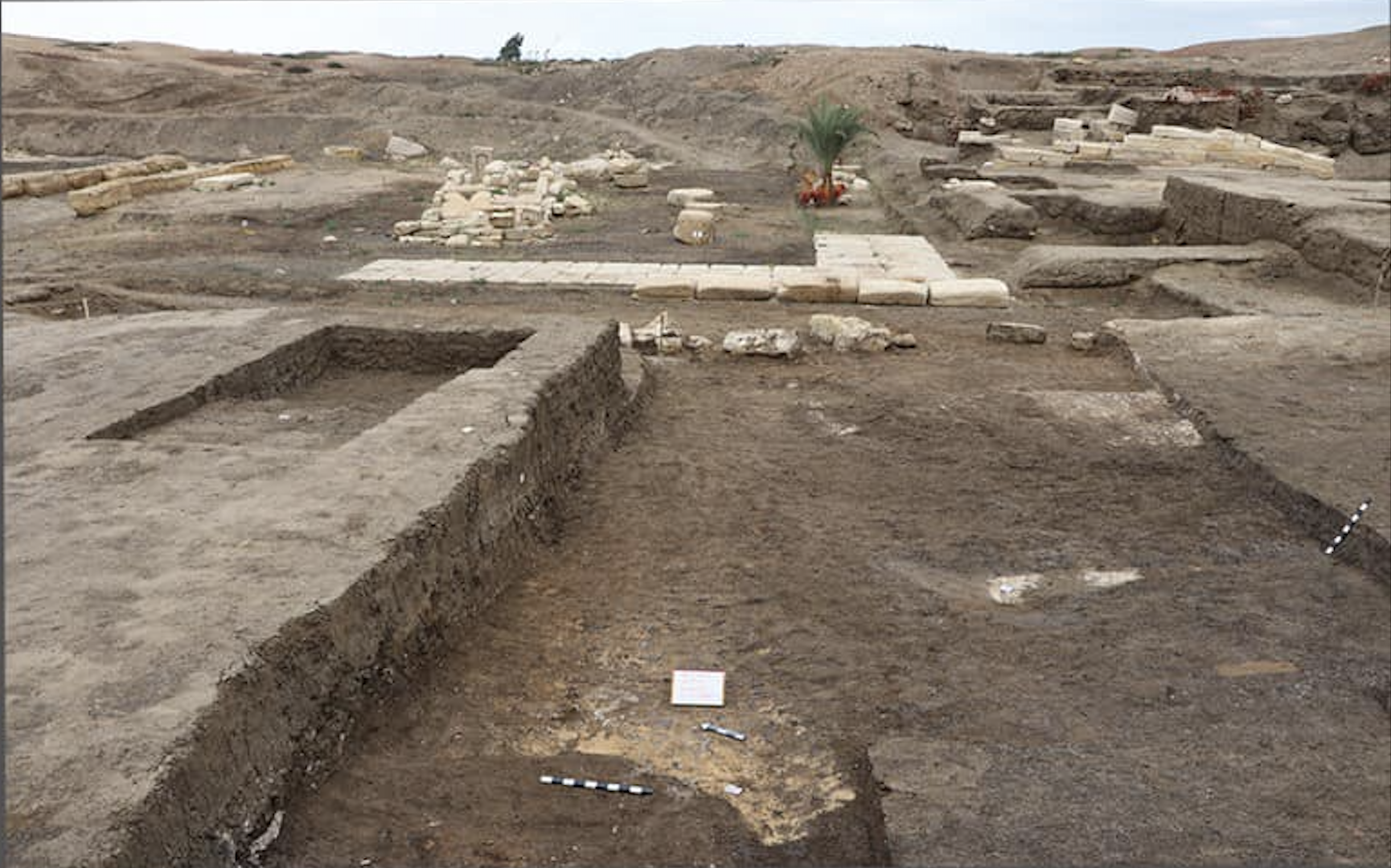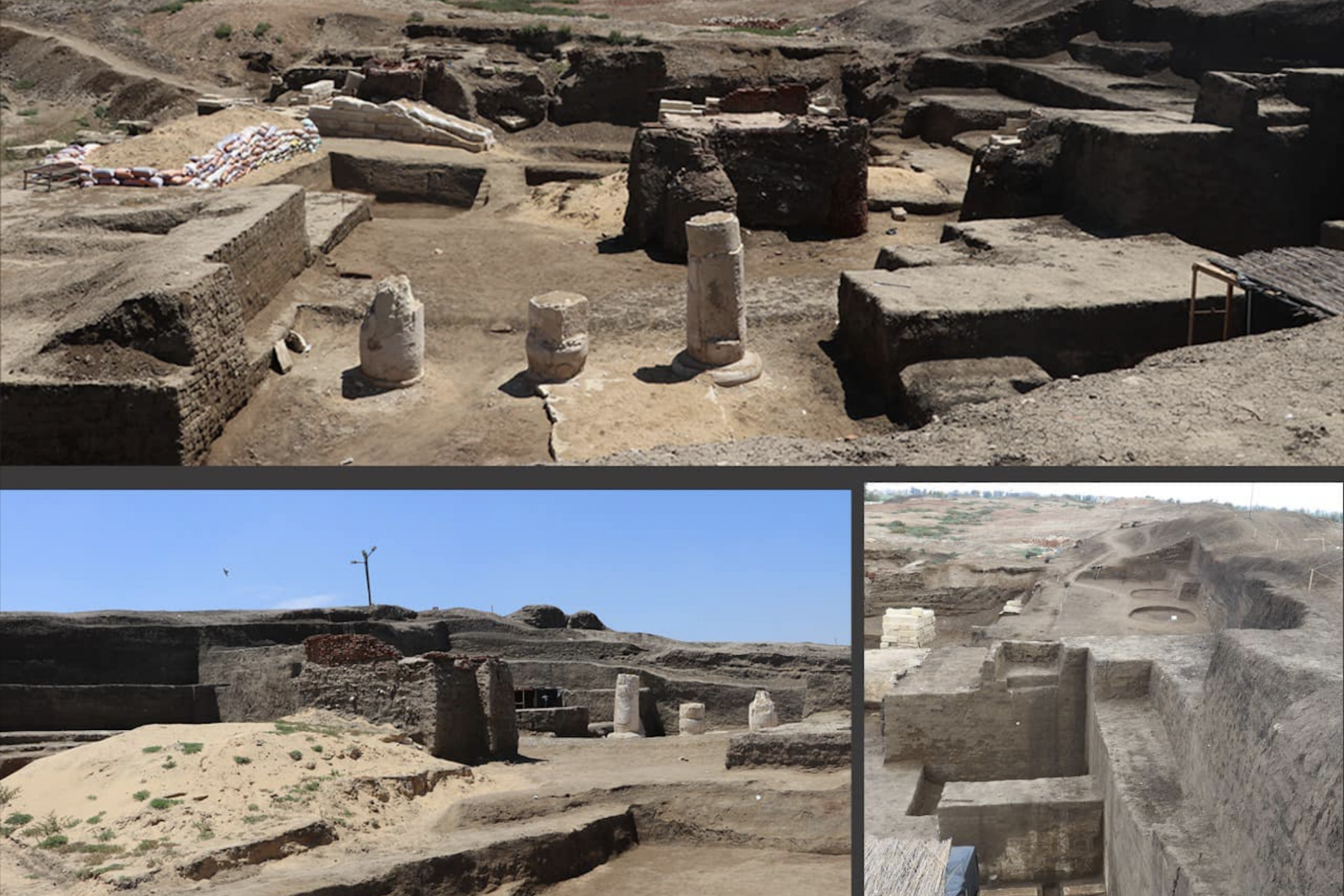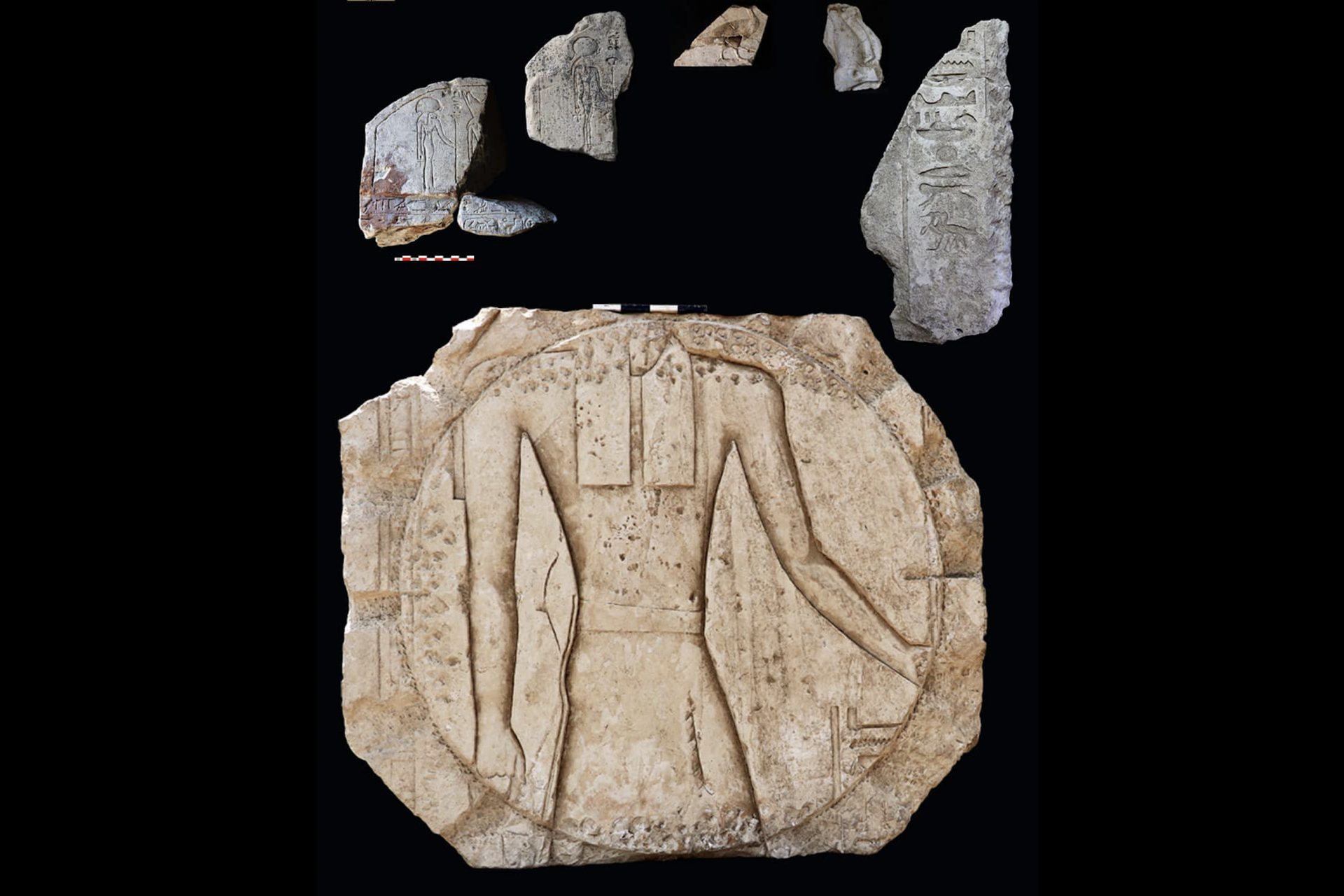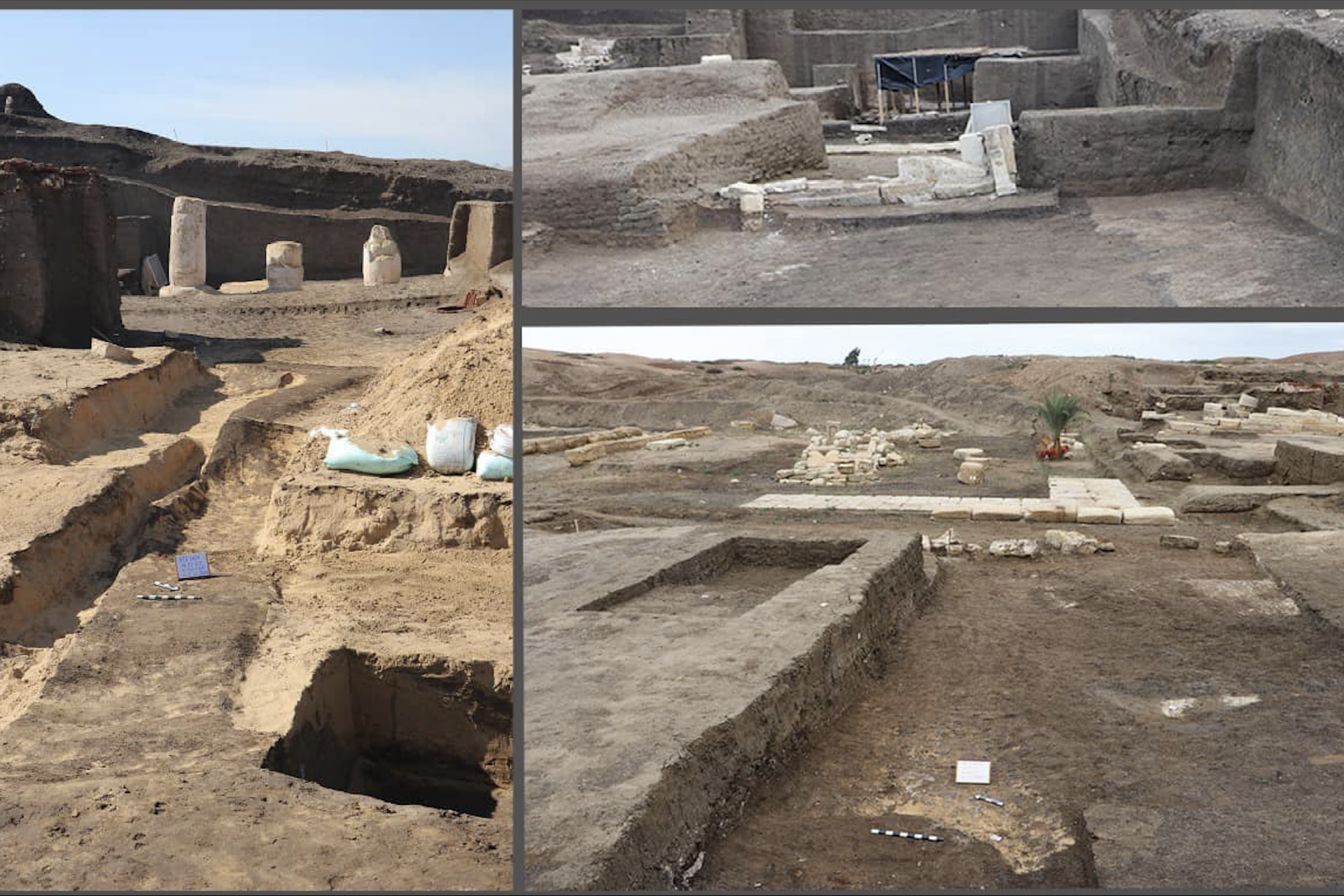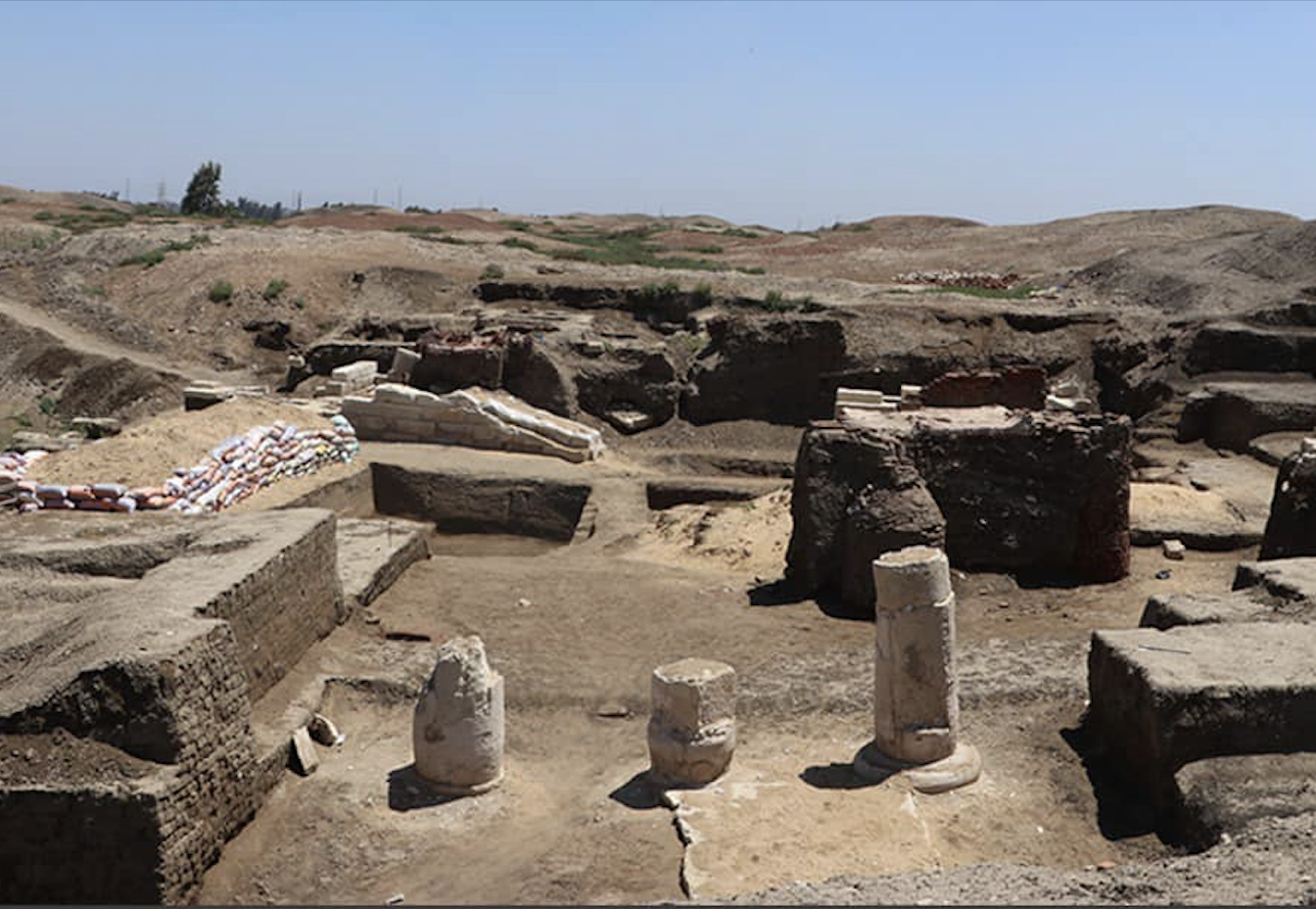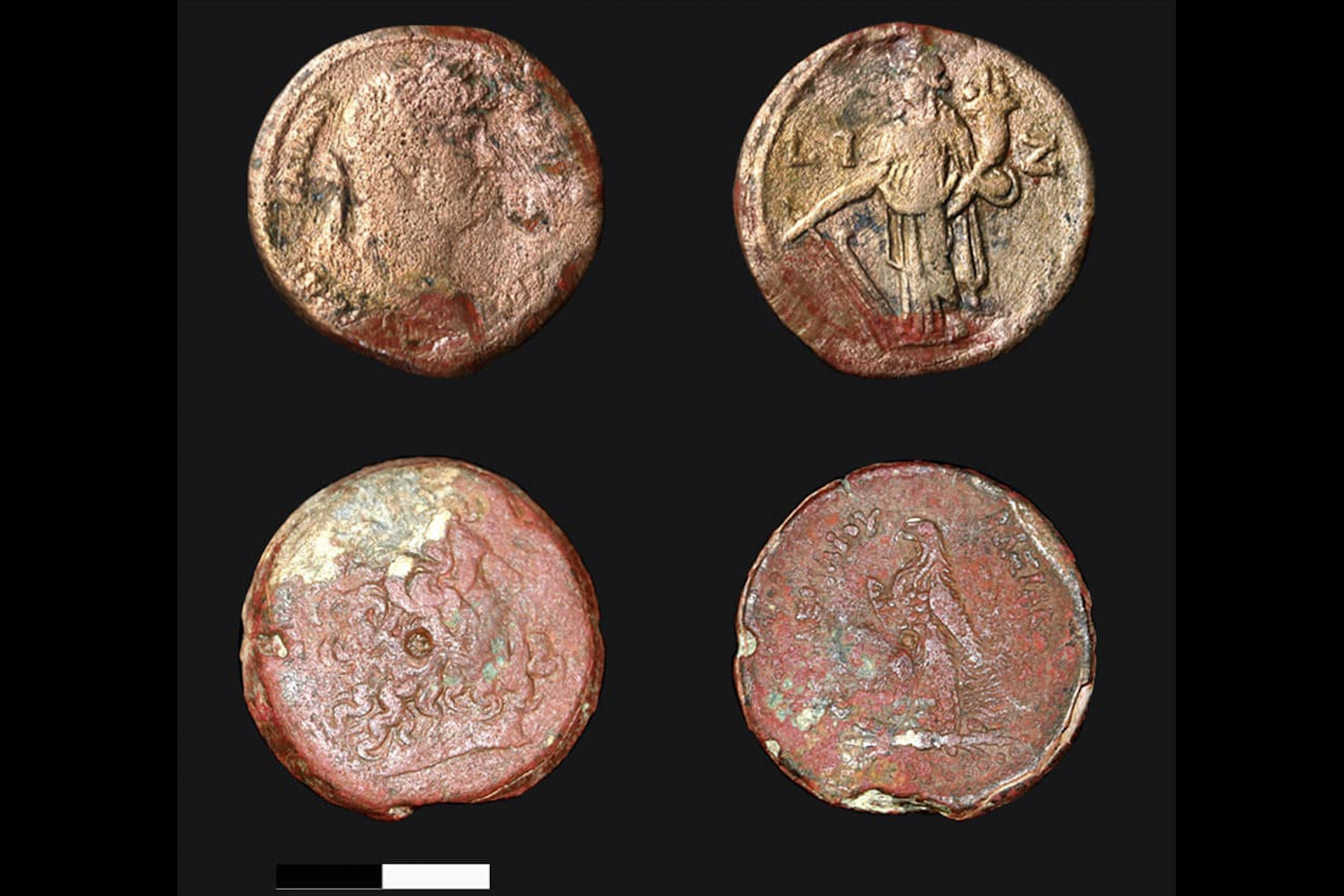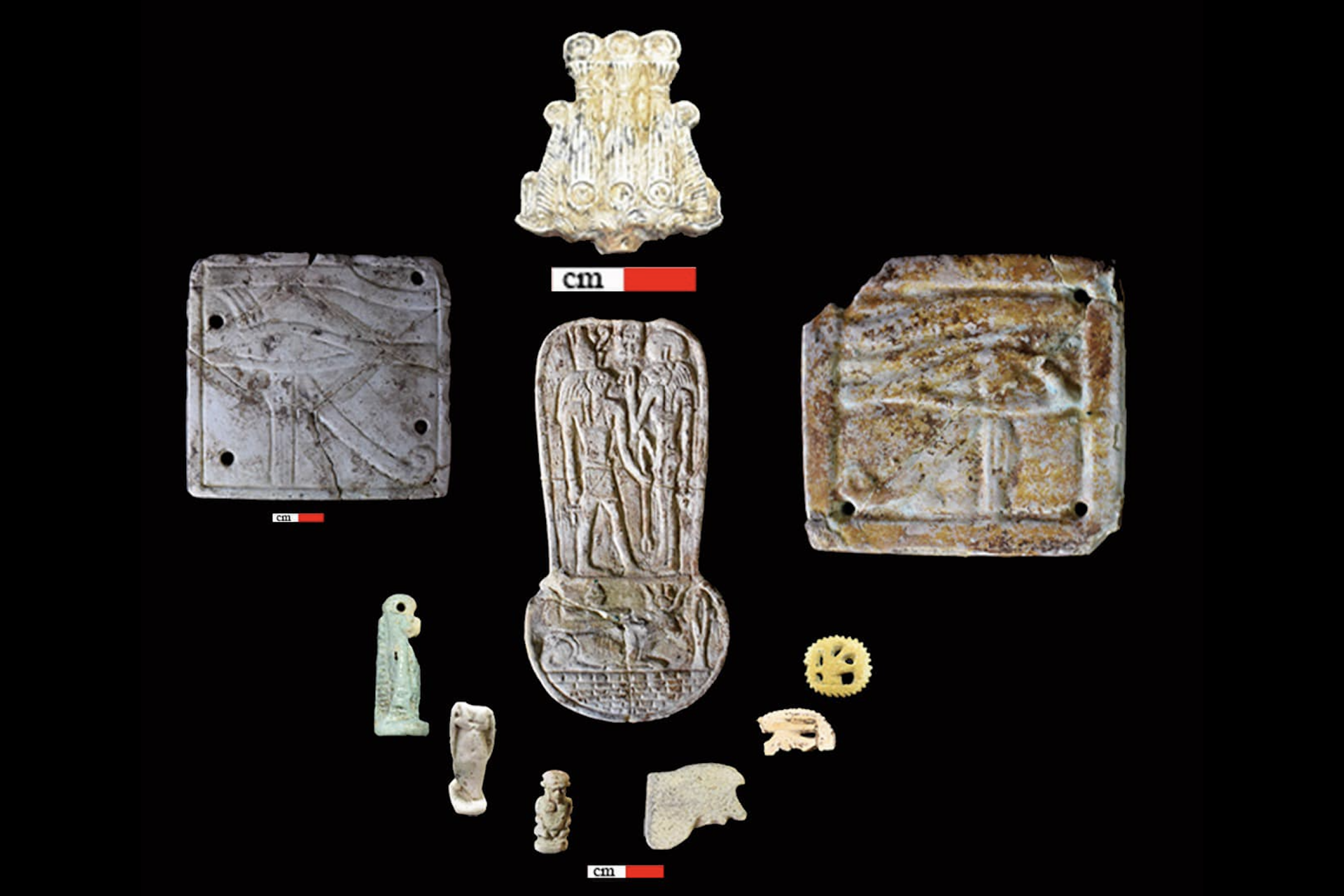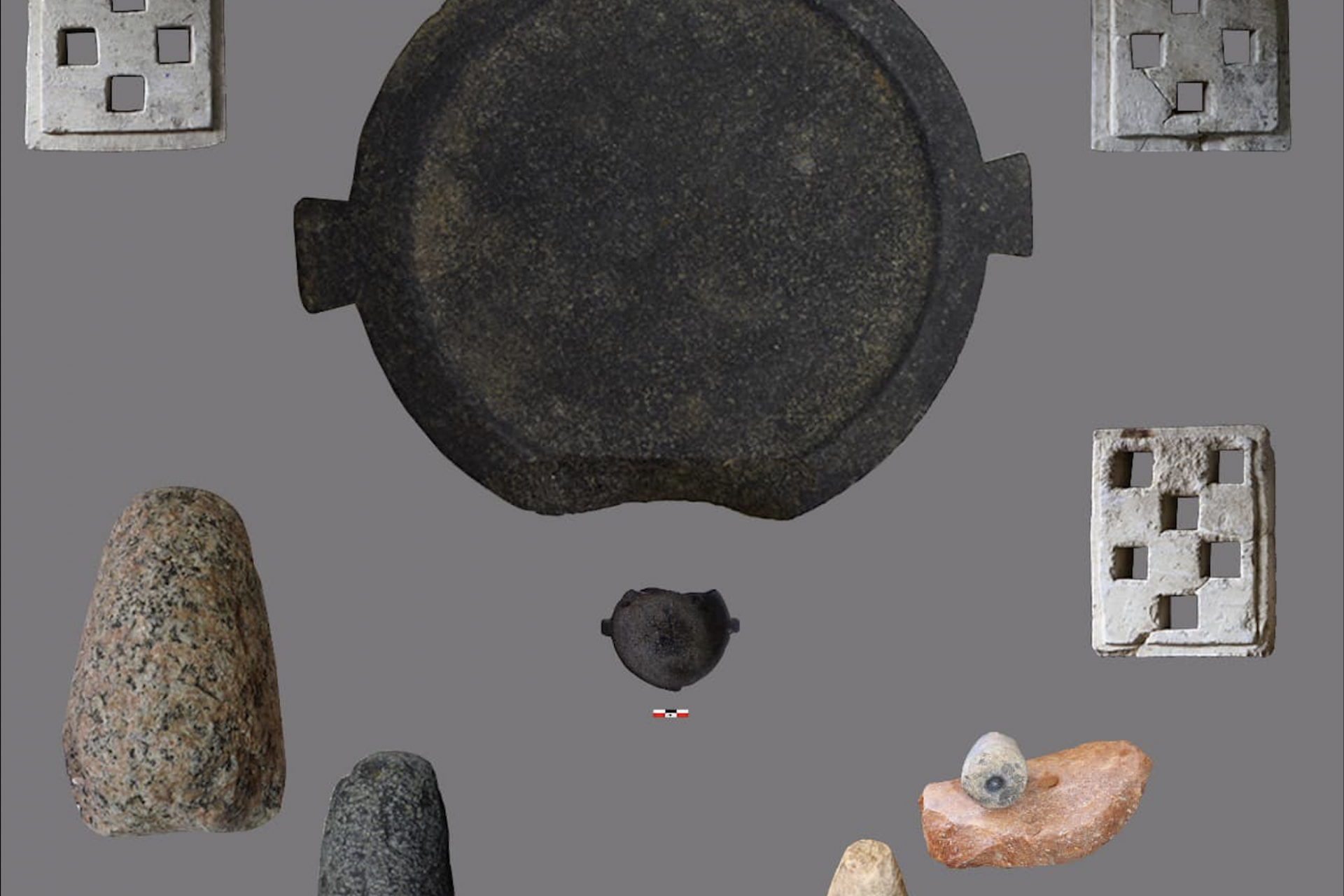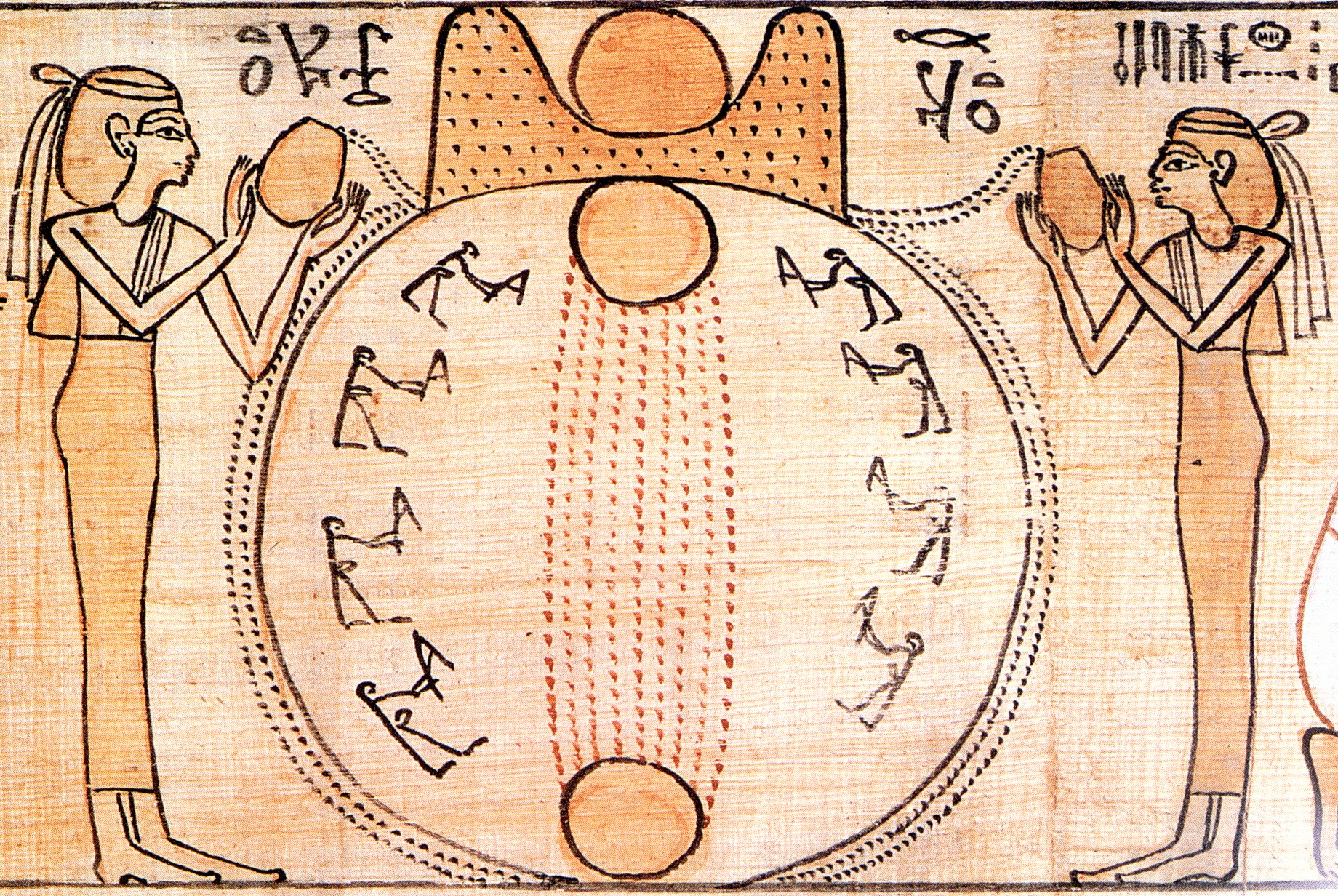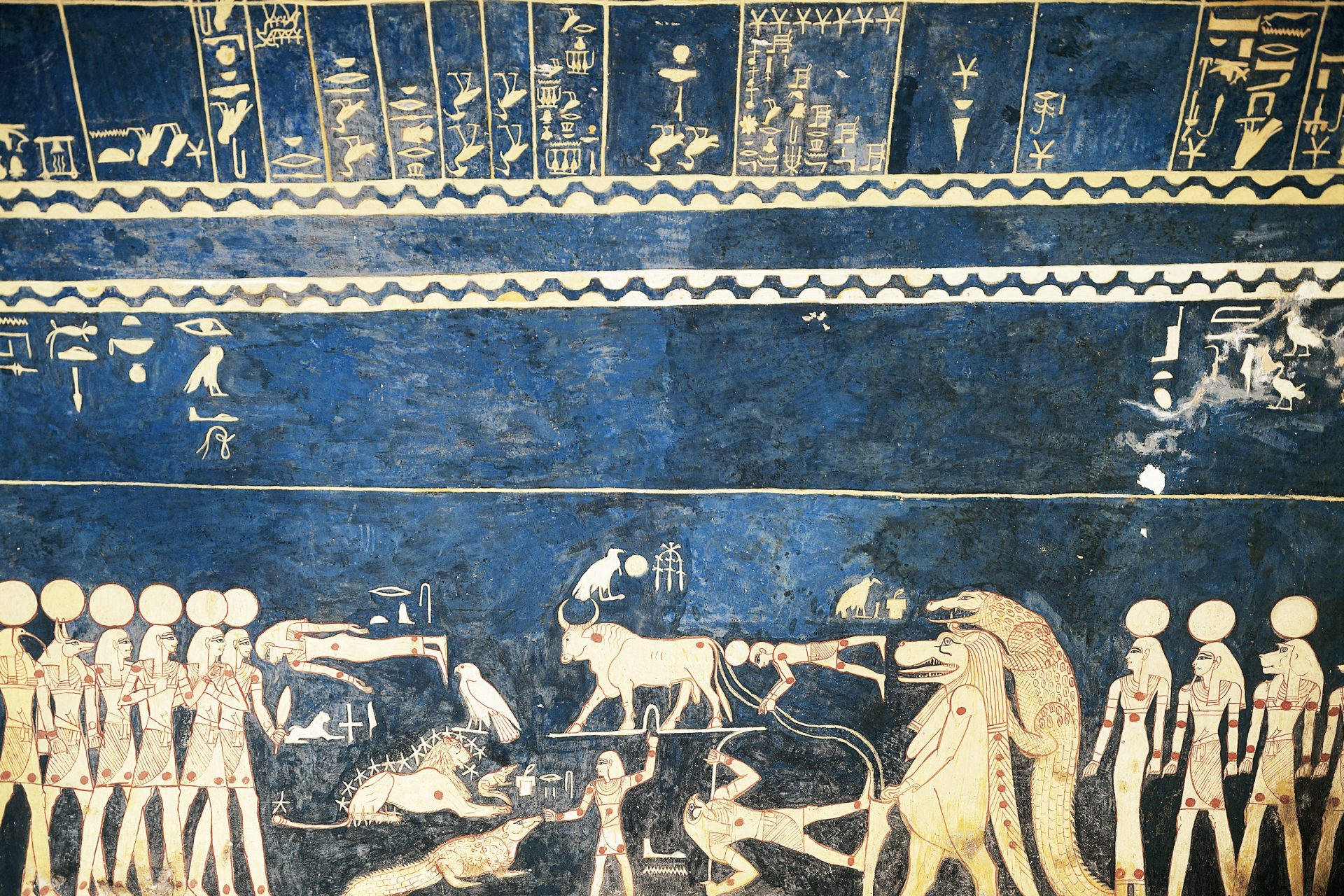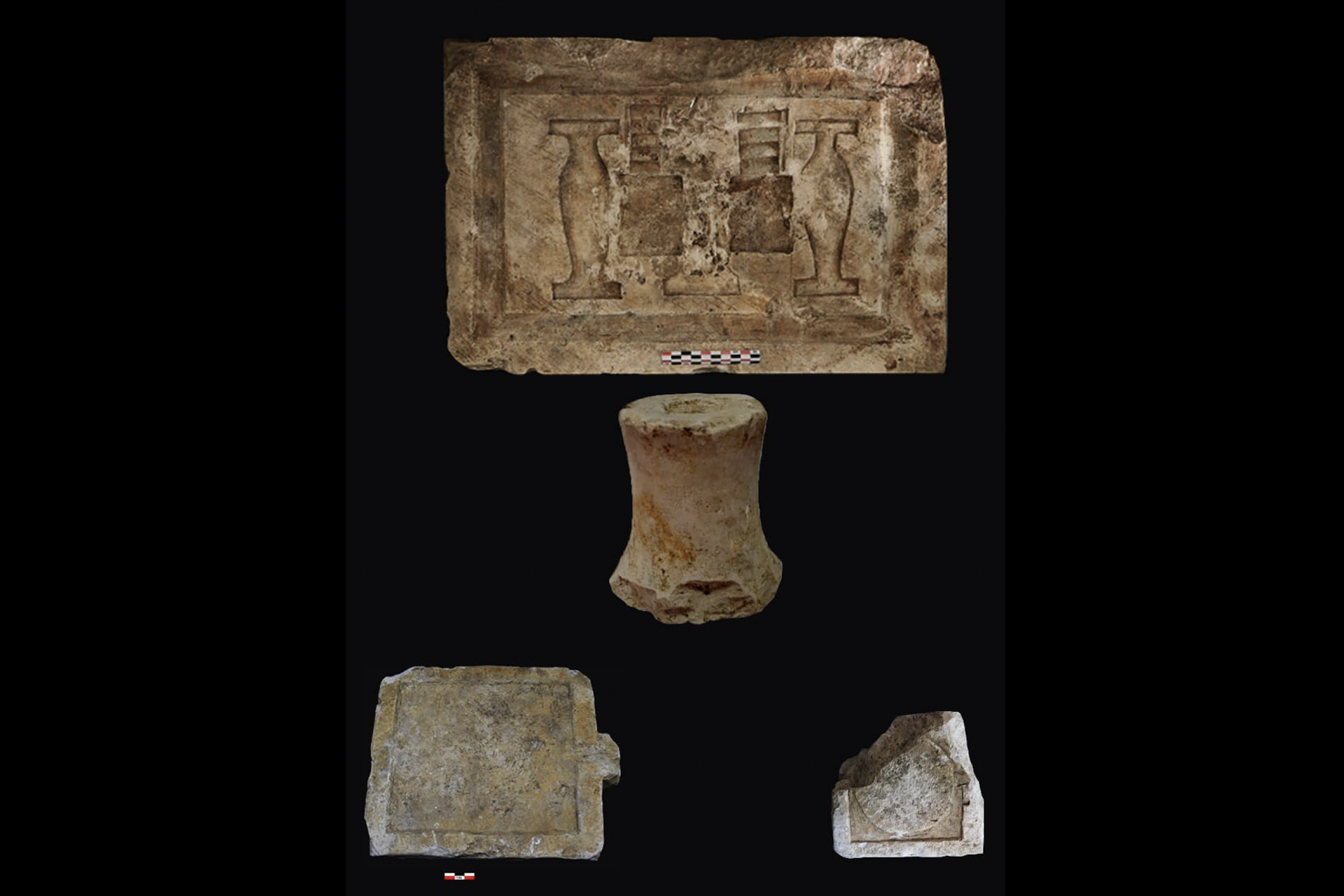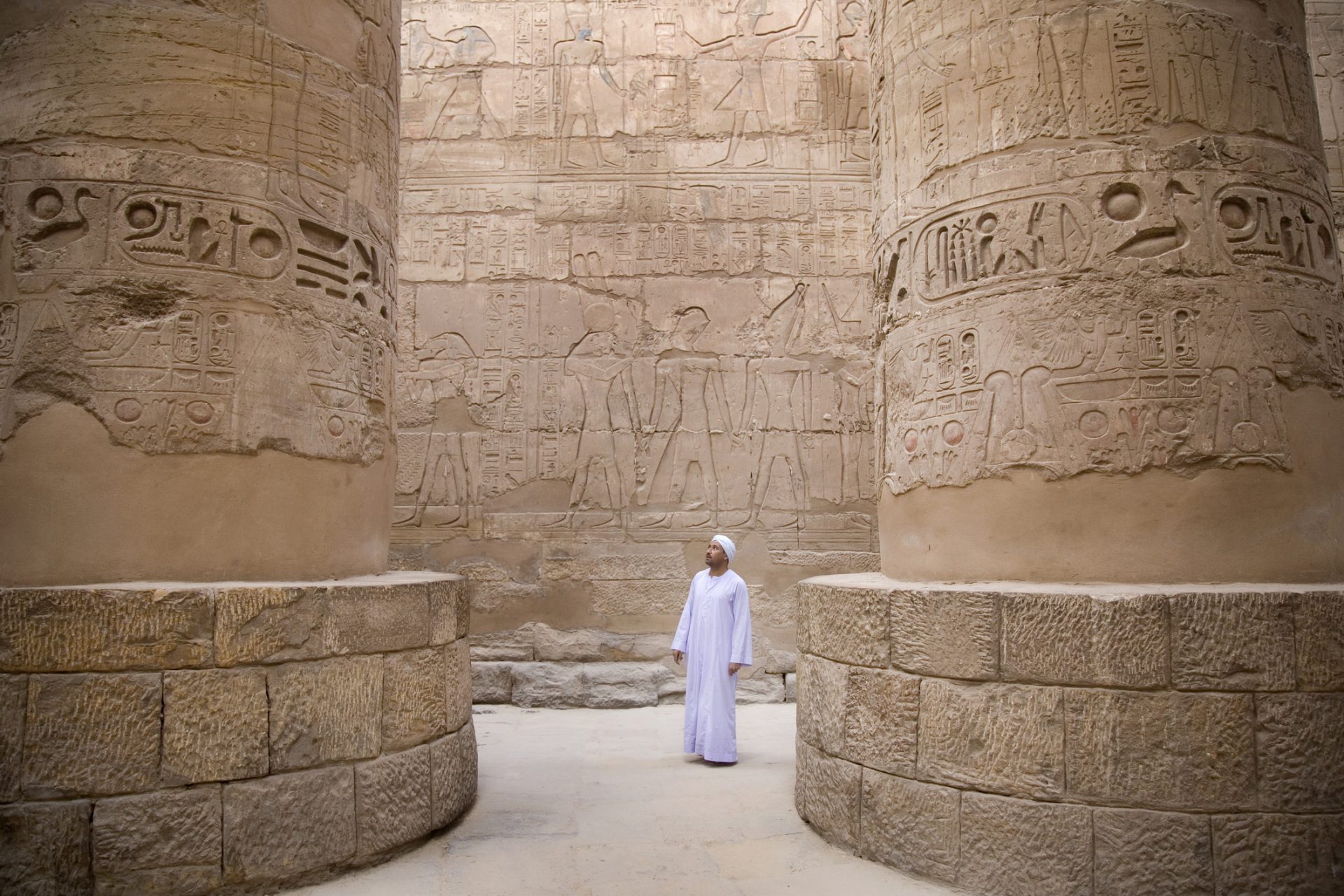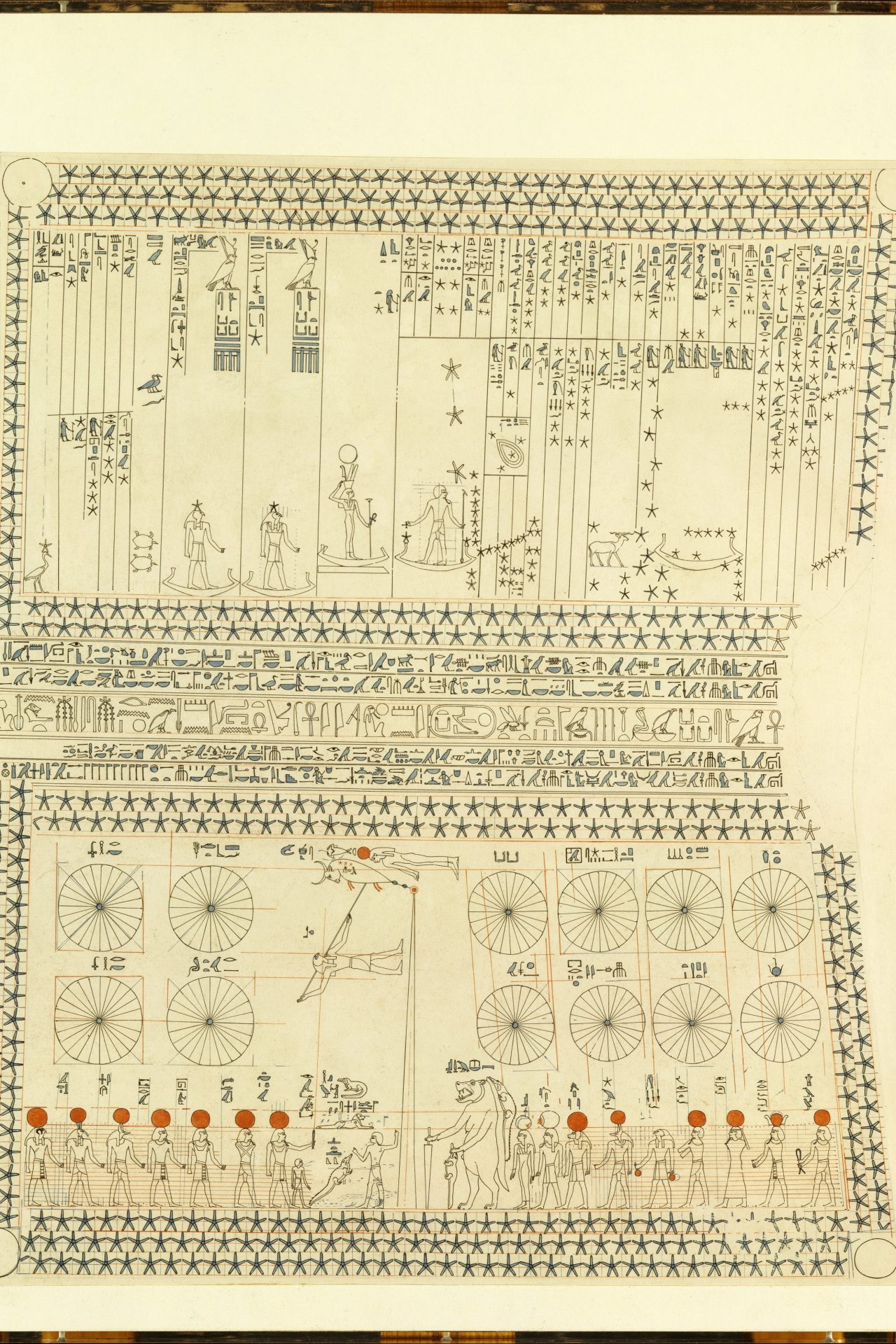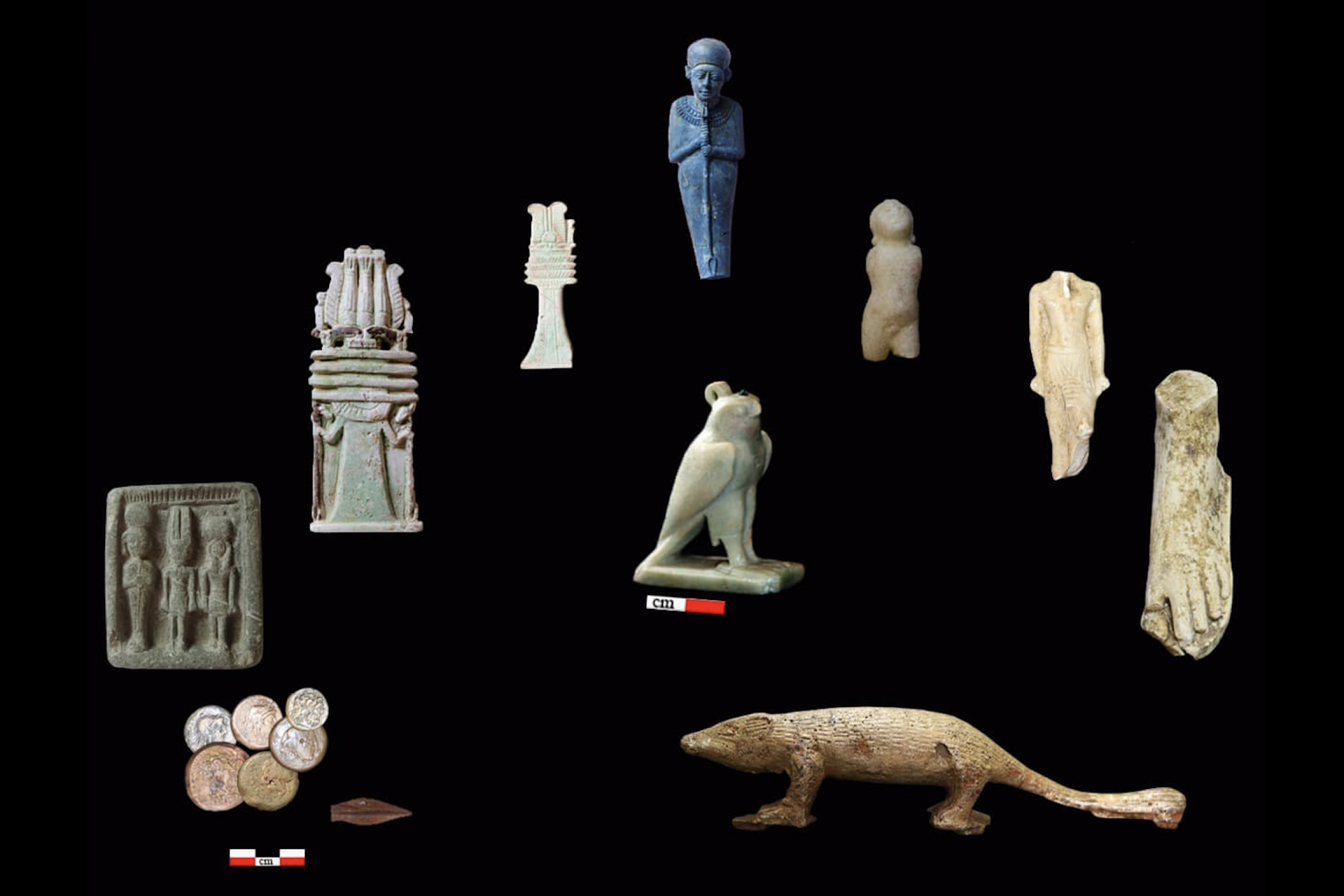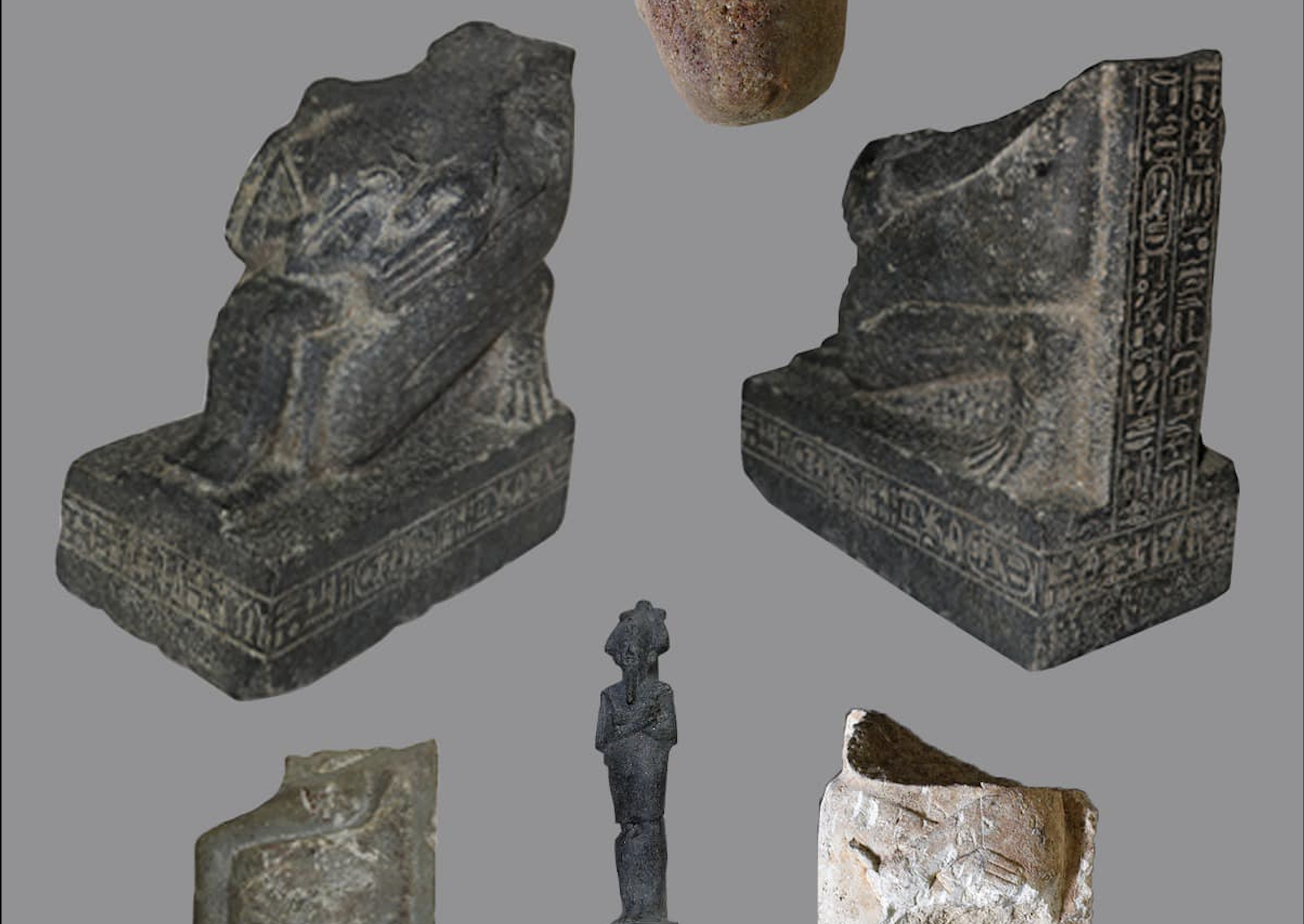Mysterious Discoveries: archeologists unearthed ancient secrets in Egypt
In August 2024, Egyptian authorities revealed that archaeologists working on an ancient excavation site unearthed a discovery that had the potential to change everything we thought we knew about Egyptian civilization.
Egypt’s Ministry of Tourism and Antiquities announced archaeologists discovered an astronomical observatory from the Sixth Century BC at an excavation site in the ancient city of Buto, now referred to as Tell Al-Faraeen in Kafr El-Sheikh, Egypt.
Photo Credit: Facebook @tourismandantiq
Constructed from mud bricks and spanning over 10,000 feet (or roughly 3048 meters), the observatory was the largest and oldest discovery of its kind ever found in Egypt according to Smithsonian Magazine.
Photo Credit: Facebook @tourismandantiq
Evidence discovered at Buto during an archaeological mission by the Supreme Council of Antiquities suggested the observatory was used to track the movement of the stars and sun. A whole host of religious artifacts were also unearthed at the excavation site.
Photo Credit: Facebook @tourismandantiq
“Its architectural design includes an entrance facing toward the east where the sun rises, an open central hall with columns and high, inward-sloping mud brick walls,” explained Newsweek’s Aristos Georgiou.
Photo Credit: Facebook @tourismandantiq
“Among the finds in the observatory was a sloping stone sundial. Also known as sloping shadow clocks, these instruments were considered one of the most important tools for measuring time in the ancient world,” Georgiou added.
Photo Credit: Facebook @tourismandantiq
The sloping sundial includes a limestone slab 16 feet (or 4.87 meters) long. It had been topped with five limestone blocks, three of which were placed vertically and two of which were placed horizontally on the limestone slab.
Photo Credit: Facebook @tourismandantiq
Archeologists also found a wide variety of other instruments and artifacts at the site that would have been used by ancient Egyptian astronomers to measure the movements of the heavens, including a stone block that may have been used to find the sun’s inclination.
Photo Credit: Facebook @tourismandantiq
"Everything we found shattered our expectations," Director General of Kafr El-Sheikh Antiquities and Head of the Egyptian archeological mission to the site Hossam Ghonim explained to Live Science.
Photo Credit: Facebook @tourismandantiq
"Along the hall's northern side, we discovered a slanted stone sundial — a sun shadow clock that used the shifting angles of the sun's shadows to determine sunrise, noon and sunset — a simple yet profound method," said Ghonim added.
Photo Credit: Wiki Commons By Original Artist Unknown, Scanned from the book Ancient Egypt, Public Domain
Live Science’s Reham Atya noted in her reporting on the discovery that the observation sheds light on the astronomical techniques that the ancient Egyptians of the time period used to determine their solar calendar and important societal dates.
The techniques used by these ancient astronomers would have helped determine the dates of religious and official rituals, including things as important as the coronation of kings and as mundane as the agricultural year.
Photo Credit: Facebook @tourismandantiq
Newsweek noted that the ancient Egyptians had advanced knowledge of astronomy for their time period in history. They cataloged stars, mapped constellations, and could track the movements of celestial bodies. They also created the idea of a 365-day calendar.
"The ancient Egyptians envisioned the Earth and sky as two mats," Ghonim said. "They mapped the sky on the 'Themet Hrt' — the sky mat — and the 'Themet Ghrt,' or Earth mat, represented their calendar, marking events like the Nile flood and harvest.”
Photo Credit: Wiki Commons By Charles Wilkinson, CC0
“This is the first inscribed stone mat of its kind ever discovered," Ghonim added, which makes the discovery extremely important. However, there were more than just a handful of astronomical discoveries made at the Buto site in Kafr El-Sheikh.
Photo Credit: Facebook @tourismandantiq
A statue of the Egyptian sky god Horus was unearthed as well as jewelry and pottery that would have been used as part of everyday life and religious rituals of the people who lived and worked at the observatory.
Never miss a story! Click here to follow The Daily Digest.
Photo Credit: Facebook @tourismandantiq
More for you
Top Stories



